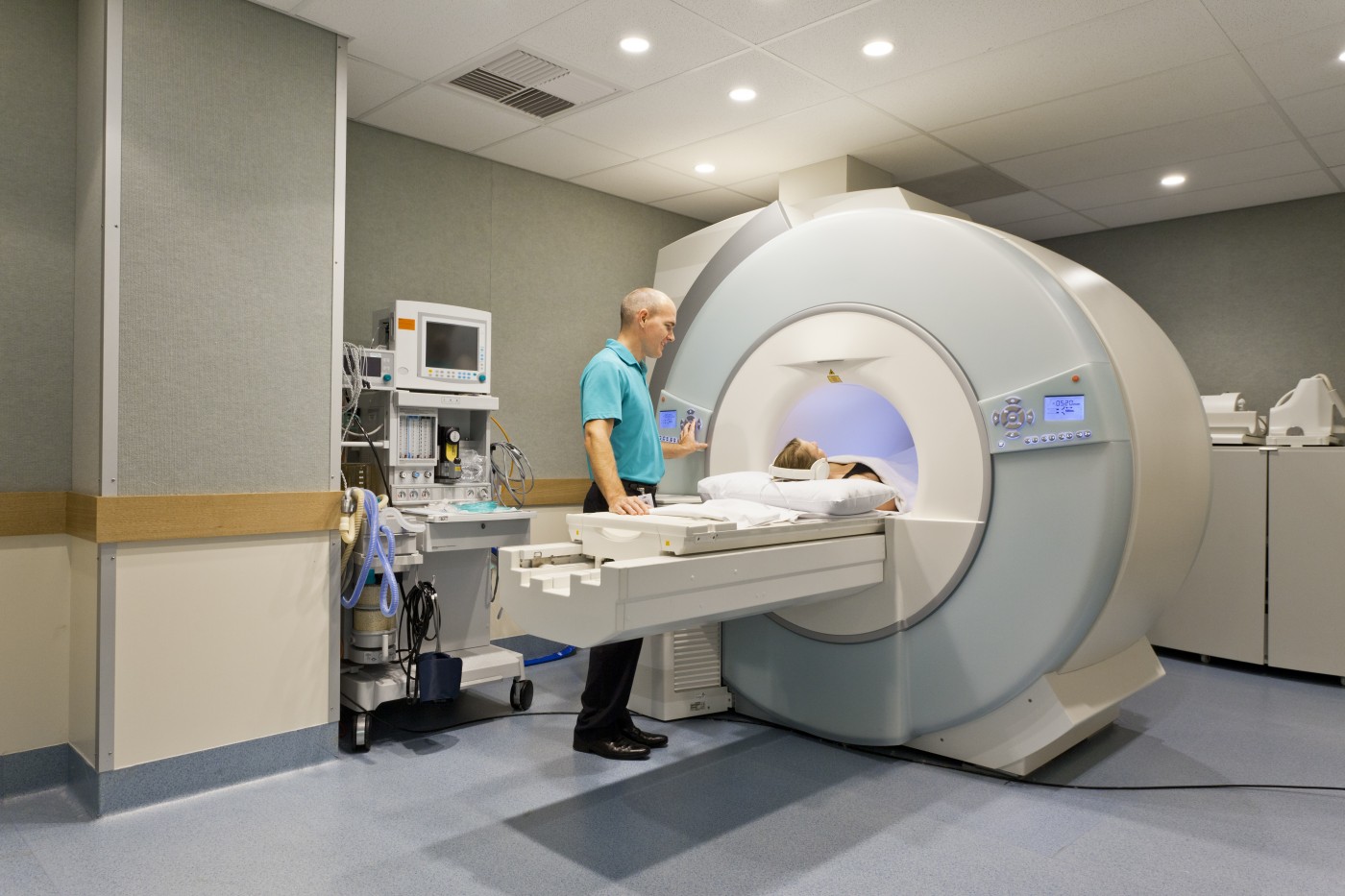The analysis of an international clinical trial including patients suffering from locally advanced non-small cell lung cancer (NSCLC) showed that those treated with intensity modulated radiation therapy (IMRT) had a significant decrease in lung toxicity and improved chemotherapy tolerance when compared to patients treated with 3-dimensional conformal radiation therapy (3-D CRT). The results were presented by Stephen Chun, M.D., fellow, Radiation Oncology at The University of Texas MD Anderson Cancer Center during the American Society for Radiation Oncology’s 57th Annual Meeting.
The 3-D CRT technique has been the standard of care treatment for lung cancer and it consists of aiming straight radiation beams that can match the shape of the tumor. IMRT is a new technique where radiation beams are modulated and used in a more complex beam arrangement to enhance high-radiation-tumor targeting allowing normal tissue to be spared of radiation beams.
Chun, the study’s lead author, explained in a press release, “IMRT was developed more than a decade ago and because it’s been shown to reduce toxicity, it has been accepted to treat prostate, brain, and head & neck cancers. There have been a number of smaller studies, including research led by MD Anderson, looking at IMRT and lung cancer. This is the first analysis of a prospective clinical trial to show a reduction of toxicity associated with IMRT in locally advanced lung cancer and could lead to a major change in the way radiation therapy is delivered for the disease. The data from our study makes a strong argument that we should routinely consider use of IMRT in locally advanced lung cancer.”
Researchers analyzed data collected from a large, multi-center phase III randomized trial of patients with locally advanced NSCLC, the NRG/RTOG 0617 trial where patients received chemotherapy carboplatin/paclitaxel, with or without cetuximab, and either 3-D CRT or IMRT. A total of 482 patients were treated with radiation, with 53% and 47% receiving IMRT and 3-D CRT, respectively.
Results demonstrated that severe pneumonitis was significantly reduced in patients who received IMRT, despite their larger tumors — specifically 3.5% of IMRT patients when compared to 7.9% of the 3-D CRT group. In fact, IMRT proved more efficient to reduce severe pneumonitis in larger tumors. Moreover, researchers observed that IMRT patients were more capable of completing consolidative chemotherapy (given after induction therapy to consolidate the gains obtained) — 37% of IMRT against 29% of 3-D CRT.
These findings suggest that intensifying IMRT may significantly reduce hospital admissions while improving lung cancer patients’ quality of life. “It’s been unclear what the consequences of that low dose bath are. What we’ve seen in this study is that indicators of the low dose bath that’s increased by IMRT had no association with any severe toxicity outcome. This finding suggests that we should be optimizing radiation treatment by the high and intermediate dose region, and not the low dose region,” Chun concluded.


